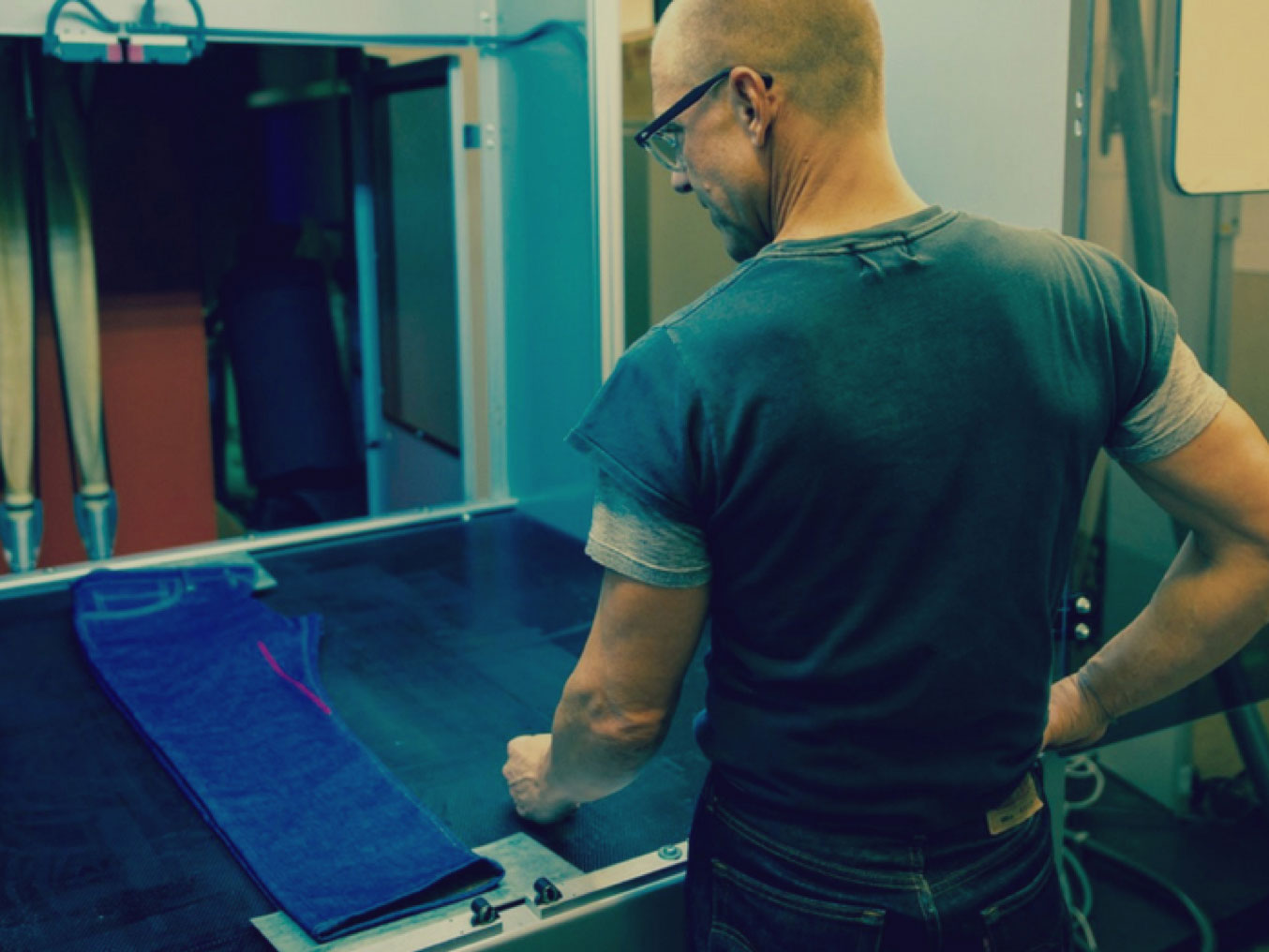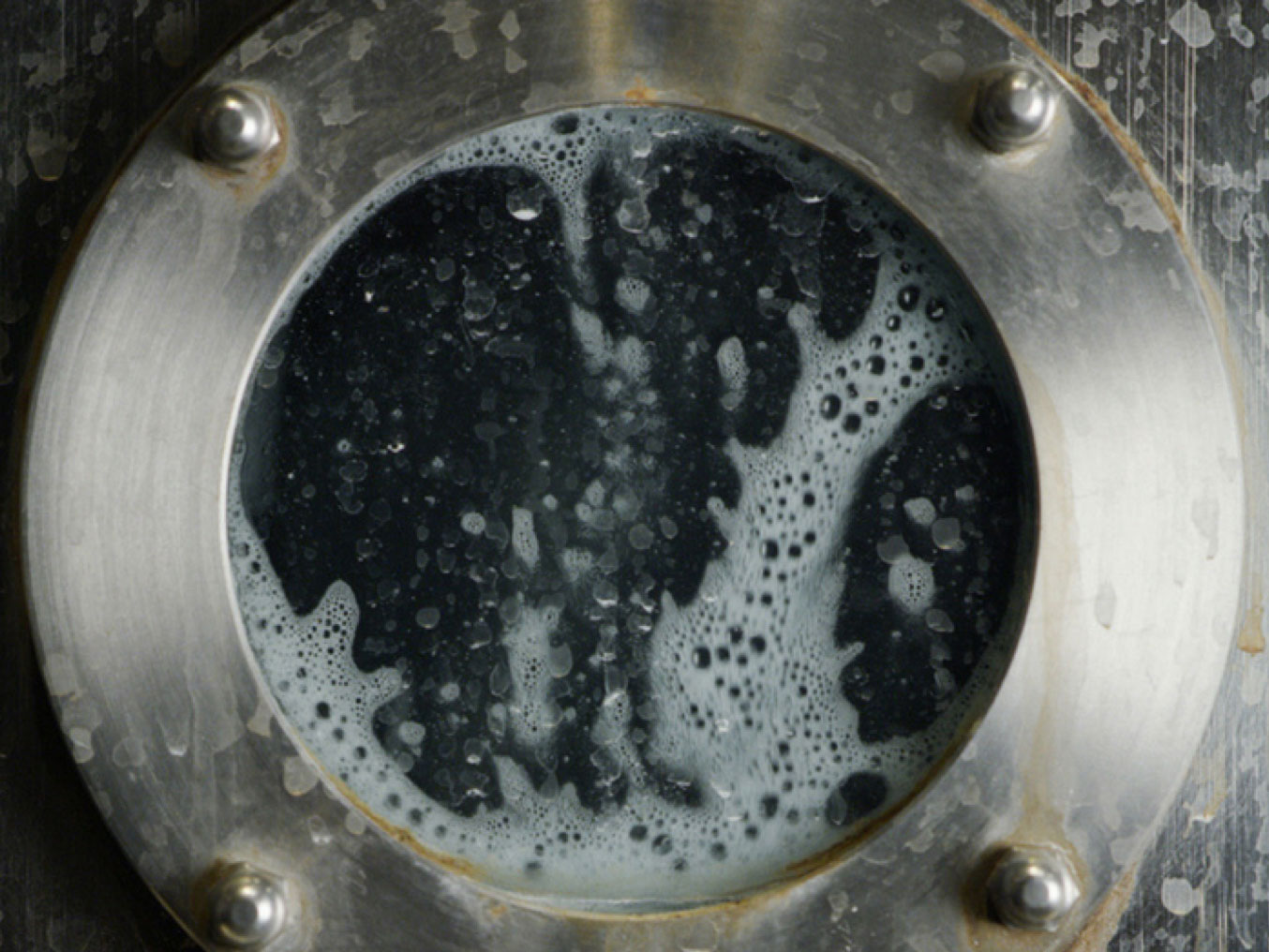




Threats to biodiversity include climate change, land degradation, clear-cutting of forests, habitat loss, poor water quality and pollution, habitat destruction, over-exploitation and others. Since 1970, there has been an average 60% decline in global populations of mammals, fish, birds, reptiles and amphibians, according to WWF. The loss of biodiversity is significant, and the degradation of nature creates direct risk for both human well-being and global economic activities. The World Economic Forum notes that $44 trillion, or over half the world’s total GDP, is moderately or highly dependent on nature and its services. Consequently, LS&Co. and our suppliers have a reason and responsibility to support biodiversity and healthy ecosystems through responsible sourcing of raw materials, responsible production and chemical management practices, effective waste management and other actions.

Growing cotton is one of the largest contributors to biodiversity loss associated with the apparel industry. In 2020, 88% of the fiber content in our products was cotton, so we are focusing on sustainable materials and supply chain processes, with an emphasis on sourcing more sustainable cotton. This includes recycled, organic and transitional cotton, as well as cotton grown with more sustainable farming practices such as Better Cotton and cotton following the U.S. Cotton Trust Protocol.
We are evaluating the impact of land use, soil health and water consumption for cotton cultivation and the growth of cotton consumption. This work began with our participation in the Better Cotton Initiative and its mission to scale sustainable agricultural practices. It continued as we incorporated organic cotton into our products, and we will continue to increase our use of organic and in-transition cotton with the intent to restore soil health, promote cleaner waterways and support farmer livelihoods.
With a purpose to understand land use, soil health and water consumption, we are also exploring alternative natural fibers that may have a lower environmental impact than cotton. Our integration of hemp in blends and through our cottonization process presents an opportunity to use a less water-intensive crop that also requires fewer chemicals and less land use for cultivation. WellThread® — our most environmentally conscious clothing collection — and our partnership with Fashion for Good will continue to enable our research and uptake of alternative fibers with potential to go beyond limiting loss of biodiversity and move toward restoration.

Forests not only help stabilize the climate by absorbing about 2.6 billion metric tons of carbon dioxide every year, but they are also home to 80% of the world’s terrestrial biodiversity, according to the International Union for Conservation of Nature (IUCN). We are committed to doing what we can to help protect the world’s forests. In 2020, we updated the LS&Co. Commitment to Source Sustainable Wood-Based Fibers, which details our pledge to protect ancient and endangered forests and address the environmental and social impacts of wood-based fiber production.
The responsible sourcing and use of wood-based fibers like viscose can have significant impacts on biodiversity. In 2014, we pledged to prevent fiber sourcing from ancient and endangered forests by 2020, a commitment we met. The only wood-based fibers in LS&Co.-developed products are sourced from Canopy Green Shirt-rated suppliers who have earned a minimum of 25 buttons in Canopy’s 2020 Hot Button Ranking. These are among Canopy’s highest designations for supplier efforts to protect ancient and endangered forests and provide traceability with more sustainable, next-generation inputs from recycled and regenerative sources. As of 2020, we accept manmade cellulosic fibers from the companies Lenzing, Birla, Tangshan Sanyou for Circulose® fiber and Kelheim. We are also using more recycled and innovative fibers such as cottonized hemp, Refibra™ and Circulose® fibers, which have lower impacts on land use and biodiversity.*
In addition to sourcing more sustainable fibers, we also require suppliers to adhere to our preferred list of screened, safer chemicals. Applying the LS&Co. Screened Chemistry preferred chemicals list — which now includes about 1,300 of our highest-use chemicals — ensures safer chemical inputs, leading to safer effluents and wastewater quality, which in turn helps to protect aquatic biodiversity.
At the same time, we are looking for innovative plant-based fabric dyeing and treatment options to further eliminate chemical use, support clean water and prevent freshwater contamination through runoff.
Consumer education, product repair and take-back, as well as sales of vintage products, also support biodiversity by managing our land use to grow cotton for new clothes, reducing textile waste of used garments and avoiding habitat loss through landfilling. And we are exploring how best to consider the biodiversity impacts of construction — for stores or a distribution center, for example. Already, the LS&Co. Retail Sustainability Playbook gives preference to shopping centers with sustainable attributes and LEED certification, which support biodiversity considerations.
*Refibra™ is a registered trademark of Lenzing Aktiengesellschaft. Circulose® is a registered trademark of Re:NewCell AB.
All these steps are critically important, but biodiversity is affected by a wide range of factors, so we must do more. We are developing a biodiversity policy and a more comprehensive framework aligned with science-based targets for nature as outlined by the Science Based Targets Network. These are designed to:
We began our policy development process by reviewing 2020 research on biodiversity and the apparel industry, biodiversity impact quantification methodology, and the biodiversity impact mitigation framework published by the Science Based Targets Network, as well as frameworks and reports by the Textile Exchange and WWF. In addition, benchmarking familiarized us with the ways our peers are addressing biodiversity concerns.
We also considered the apparel industry’s impacts on different levels of biodiversity — genetic, species and ecosystem diversity. This included assessing biodiversity impacts from seed to landfill degradation, as well as any impacts associated with our owned-and-operated facilities. Through this process, we identified the most significant biodiversity impacts to be (from most to least significant):
As a result, our policy development focuses on sustainable materials and supply chain processes, especially more sustainable cotton cultivation and management. In the coming year, we plan to finalize and begin executing our biodiversity policy as well as potentially set science-based targets for nature.